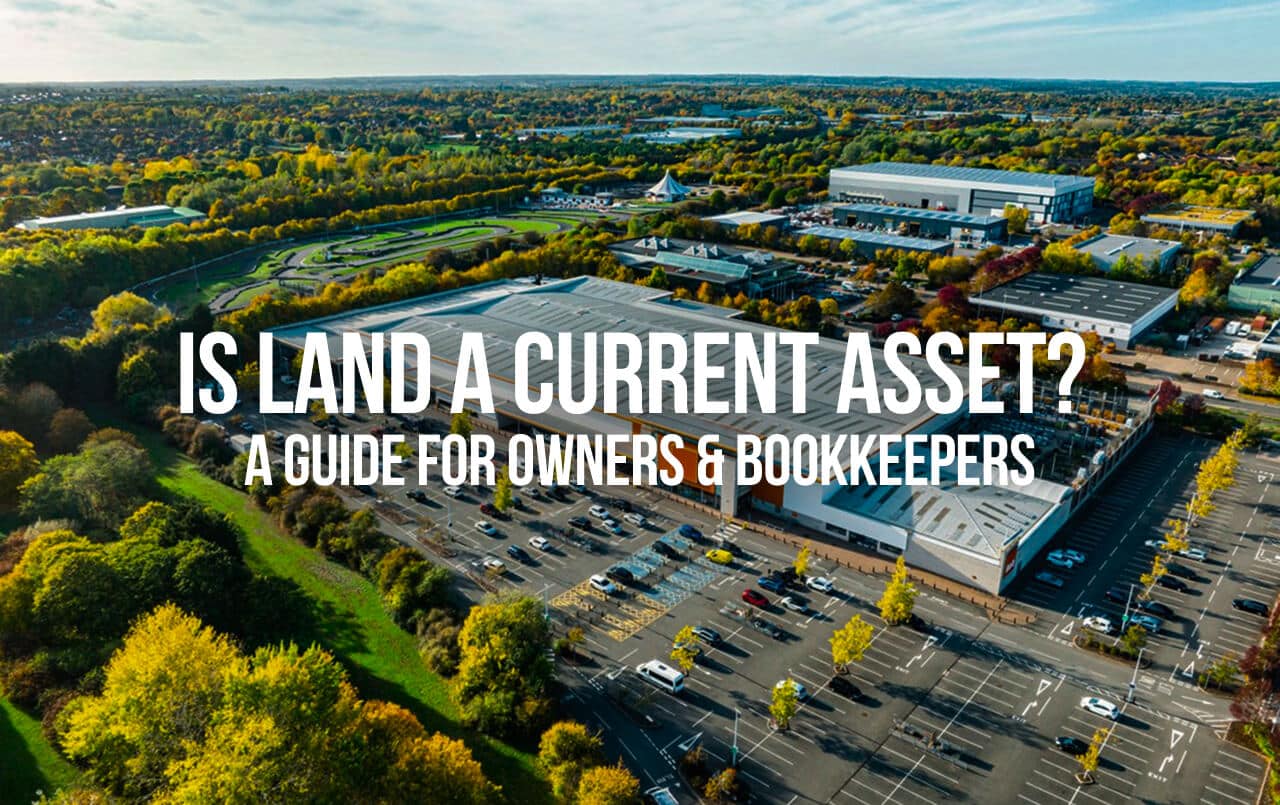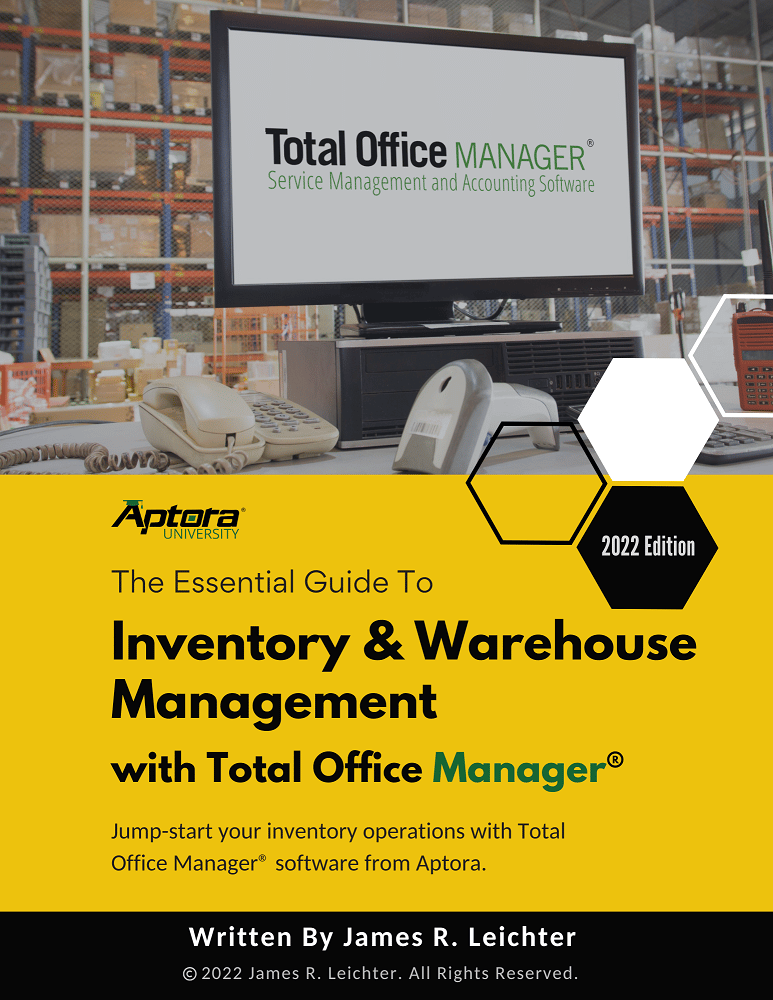
Is Land a Current Asset? A Guide for Owners & Bookkeepers
Quick Answer In virtually all standard bookkeeping and accounting frameworks, land is classified as a non-current asset, specifically as a fixed asset or property, plant,

Key Takeaways
Field service businesses—HVAC, plumbing, electrical, and similar trades—are the unsung heroes of modern comfort and functionality.
But there’s more to growth than just fixing problems and taking payments. Building lasting relationships with customers is the key to sustainable success, sparing you the cost of constantly drumming up new leads.
This guide breaks down practical ways to nurture trust, loyalty, and repeat business, all while maintaining a no-nonsense approach. By the end, you’ll have a playbook for turning first-time calls into lifelong business relationships.
You might ask, “Why not just fix a problem, collect the fee, and move on?” Because a churn-and-burn model is expensive—constantly advertising, dealing with price-conscious customers, and trying to stay ahead of competitors. A strong relationship turns a one-off repair call into:
Think of a good relationship as an investment that keeps paying dividends long after the initial job is done.
Read “HVAC Sales Tips: Unleash Your Business’s Full Revenue Potential” for more on this.
Your first face-to-face with a new customer can set the tone for everything that follows.
Communication hiccups can lead to lost business or negative reviews, even if your technical work is stellar.
Customers appreciate you breaking down technical details in plain English. Skip the jargon-laden speeches and aim for something like, “Your condenser coils have iced over. That’s why your A/C unit is struggling. Here’s how we’ll fix it.”
Why It Works: Clarity shows you know your stuff and helps customers trust your recommendations.
When a customer describes a problem, resist the urge to interrupt or assume you already know the solution. Sometimes, a small detail in their story can change your approach or reveal a secondary problem.
Going above and beyond standard service can transform ordinary customers into raving fans. The key to delivering great customer service isn’t just to fix problems—it’s about creating a seamless, stress-free experience that leaves a lasting impression. When customers feel valued and appreciated, they’re far more likely to return and recommend your business to others.
If it’s an annual maintenance call, refer to any notes from the last visit. Mention their kids, their dog, or that they were renovating the kitchen last time you saw them. It’s a small gesture that shows you value them as people, not just an invoice number.
Rather than rattling off a sales pitch, frame any additional services or upgrades as genuine solutions. For example:
“It looks like your water heater is nearing the end of its lifespan. Replacing it proactively can save you from an expensive breakdown later, but I’ll leave that decision up to you.”
This approach respects their budget and decision-making power while educating them on potential issues.
💡 Pro Tip #1 – Keep a Small ‘Wow’ Factor in Your Toolbox: Carry something small but useful to give customers—a branded bottle opener, a doorstop for drafty doors, or even a simple childproof outlet cover for families with toddlers. A thoughtful extra touch can leave a lasting impression.
Disgruntled customers often feel blindsided by unanticipated costs or delays.
From the job scope to final costs, keep a detailed paper trail or digital record. Let’s say you have to replace a part that wasn’t on the original quote. Update the work order, show them the new total, and ask for a quick signature or digital confirmation.
Why This Works: People love finishing early or paying less than expected. It’s like a subtle bonus that wins major points.
Even after you fix the faucet or tune up the HVAC, your job isn’t over if you aim to build a lasting relationship.
This small step showcases empathy and can catch minor problems before they morph into big headaches for the customer.
💡 Pro Tip #2 – Offer a ‘Next Service’ Reminder on the Spot: Before leaving, suggest a future service or inspection and offer to schedule it right then. For example, “Your water heater looks good now, but it’s due for a flush in six months. Want me to set a reminder and reach out then?” This, again, keeps you top-of-mind and helps customers stay proactive with maintenance.
Follow-Up Methods: When & Why?
| Method | Best For | Benefit |
| Text Message 📱 | Quick check-ins | Easy, fast, and non-intrusive |
| Phone Call 📞 | Major repairs or complex jobs | Personal touch, allows for direct feedback |
| Email Newsletter 📧 | Seasonal maintenance tips | Keeps your brand top-of-mind |
| Loyalty Discounts 💰 | Encouraging repeat business | Rewards customer retention |
Benefit: Keeps you on their radar, so you’re the first name they recall when a friend says, “Hey, know any good [insert your industry of expertise]?”
Happy customers are often willing to spread the word—but they need a little nudge.
A line like, “If you were happy with our service, we’d really appreciate a quick review on Google or Yelp,” can be enough. Provide a direct link in a follow-up email or text to make it effortless.
For some great examples on how to do this (and templates), check out this fantastic article on WordStream.
Consider a referral program—maybe a small discount or gift card for every new client they send your way. Mention it in your post-service follow-up. People love sharing deals with friends, especially when there’s a perk in it for them.
No matter how skilled or attentive you are, mistakes happen. An AC part might fail unexpectedly, or a technician could have an off day. The key is how you respond.
When a customer complains, let them vent. Acknowledge their frustration before diving into solutions. Often, people just want to feel heard.
If you or someone on your team is at fault, own it. Provide a direct fix—such as redoing the job at no charge or offering a discounted rate for future service. Remember, customers will often judge you more by how you fix mistakes than by the mistake itself.
Juggling multiple jobs, quotes, and follow-ups is a recipe for missing details. That’s where software can save your sanity.
Field service management software (like Aptora) helps:
Nothing fosters goodwill quite like convenience. Accepting credit cards, mobile payments, or offering paperless invoices shows you respect the client’s time.
The final piece of the puzzle? Longevity. Think of your clients as a long-term investment, not just short-term profit.
Sponsor a local Little League team or participate in neighborhood fairs. When customers see you supporting their community, they’re more likely to trust you with their home’s vital systems.
Whether it’s a holiday card with a safety tip or a branded fridge magnet, these small gestures keep your name top-of-mind. Plus, it’s a subtle way to remind them you’re ready for the next service call.
A well-managed business is the backbone of building lasting relationships with customers. That’s where Aptora’s field service management software can help—assisting you with organizing schedules, invoices, and customer interactions all in one place. By automating repetitive tasks and centralizing data, you’re free to do what you do best: provide stellar service that keeps customers coming back year after year.
A quick check-in within 24-48 hours works well. If it’s a major job, consider another follow-up a week later to confirm everything’s still running smoothly.
No worries—never pressure them. Just let them know that sharing their experience helps, but it’s entirely their choice.
Yes, but software tools make it much easier to track details, schedule follow-ups, and store customer history. Manual methods can work, but they can also lead to overlooked tasks or missed communications.
Managing Credit Cards simply means you track any charges and credits applied to your merchant Credit Cards and verify this activity against your statements each month. Credit Card activity is track by entering each transaction into Total Office Manager as a Credit Card Charge or Credit Card Credit when the charge/credit occurs. Anytime someone uses the company […]
We highly recommend avoiding business management software that requires you to buy a completely separate software program for accounting and payroll. The accounting engine is the basis of all financial related reports. Full enterprise level accounting must be built into the software and not an add-on.

Subscribe to our newsletter


By submitting this form, I agree to receive marketing communication via phone call, email, or SMS from Aptora.

By submitting this form, I agree to receive marketing communication via phone call, email, or SMS from Aptora.